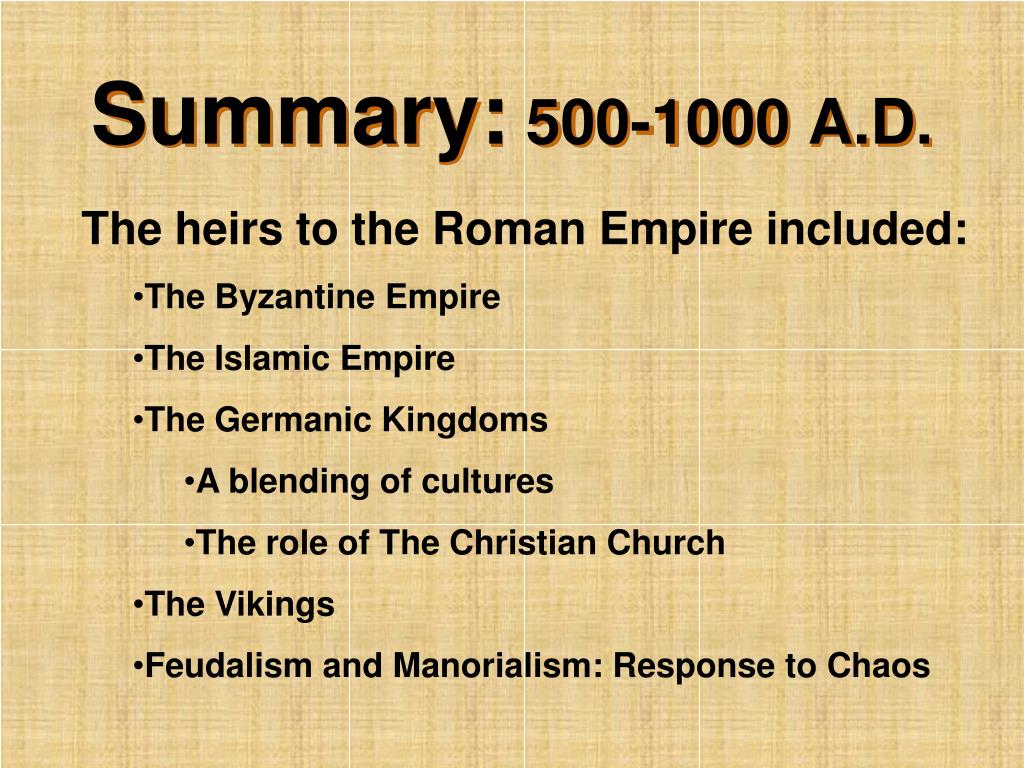

Under whose empire? High tradition and subaltern tradition in Ottoman Syria, 16th and 19th/20th centuries”, Annali di Ca’ Foscari 48 (2009), pp.199-220. 3 (2008) : Luoghi e immaginario nella letteratura araba, Antonella Ghersetti (ed.), p.39-66.

“Place and self-image: the Buhlūlids and Tanūhids and their family traditions”, Quaderni di Studi Arabi n.s.
 “A Lebanese chapbook of ca.1900: romance, folklore and modernity”, Frédéric Bauden et al. (eds.), Le Répertoire narratif arabe médiéval: transmission et ouverture. Actes du colloque international qui s’est tenu à l’Université de Liège (15-17 septembre 2005) (Geneva: Droz, 2008), pp.121-41. “The physical world and the writer’s eye: al-Tanūkhī and medicine”, Writing and Representation in Medieval Islam, pp.215-49. Muslim Horizons (London and New York: RoutledgeCurzon, 2006). (ed.), Writing and Representation in Medieval Islam. Kennedy (ed.), On Fiction and Adab in Medieval Arabic Literature (Leiden : Brill, 2005), pp.1-54. “ ‘Abbasid myth and the human act: Ibn ‘Abd Rabbih and others “, Philip F. Orientalia Lovaniensia Analecta 135), pp.111-26. Montgomery (ed.) (Leuven : Peeters, 2004. Occasional Papers of the School of ‘Abbasid Studies, Cambridge 6-10 July 2002, James E. “Practical Mu‘tazilism: The Case of al-Tanūkhī”, ‘ Abbasid Studies. Smith (eds.), Gender in the Early Medieval World. “Men, women and slaves in Abbasid society”, Leslie Brubaker and Julia M. An edition and translation of al-Tanūkhī’s al-Faraj ba‘d al-shidda for the Library of Arabic Literature. How poetry and narrative create and explore ideas. The techniques of medieval Arabic writing and its social and political functions. Oriental Institute / St John's Interests: The Abdulaziz Saud AlBabtain Laudian Professor of Arabic
“A Lebanese chapbook of ca.1900: romance, folklore and modernity”, Frédéric Bauden et al. (eds.), Le Répertoire narratif arabe médiéval: transmission et ouverture. Actes du colloque international qui s’est tenu à l’Université de Liège (15-17 septembre 2005) (Geneva: Droz, 2008), pp.121-41. “The physical world and the writer’s eye: al-Tanūkhī and medicine”, Writing and Representation in Medieval Islam, pp.215-49. Muslim Horizons (London and New York: RoutledgeCurzon, 2006). (ed.), Writing and Representation in Medieval Islam. Kennedy (ed.), On Fiction and Adab in Medieval Arabic Literature (Leiden : Brill, 2005), pp.1-54. “ ‘Abbasid myth and the human act: Ibn ‘Abd Rabbih and others “, Philip F. Orientalia Lovaniensia Analecta 135), pp.111-26. Montgomery (ed.) (Leuven : Peeters, 2004. Occasional Papers of the School of ‘Abbasid Studies, Cambridge 6-10 July 2002, James E. “Practical Mu‘tazilism: The Case of al-Tanūkhī”, ‘ Abbasid Studies. Smith (eds.), Gender in the Early Medieval World. “Men, women and slaves in Abbasid society”, Leslie Brubaker and Julia M. An edition and translation of al-Tanūkhī’s al-Faraj ba‘d al-shidda for the Library of Arabic Literature. How poetry and narrative create and explore ideas. The techniques of medieval Arabic writing and its social and political functions. Oriental Institute / St John's Interests: The Abdulaziz Saud AlBabtain Laudian Professor of Arabic







 0 kommentar(er)
0 kommentar(er)
